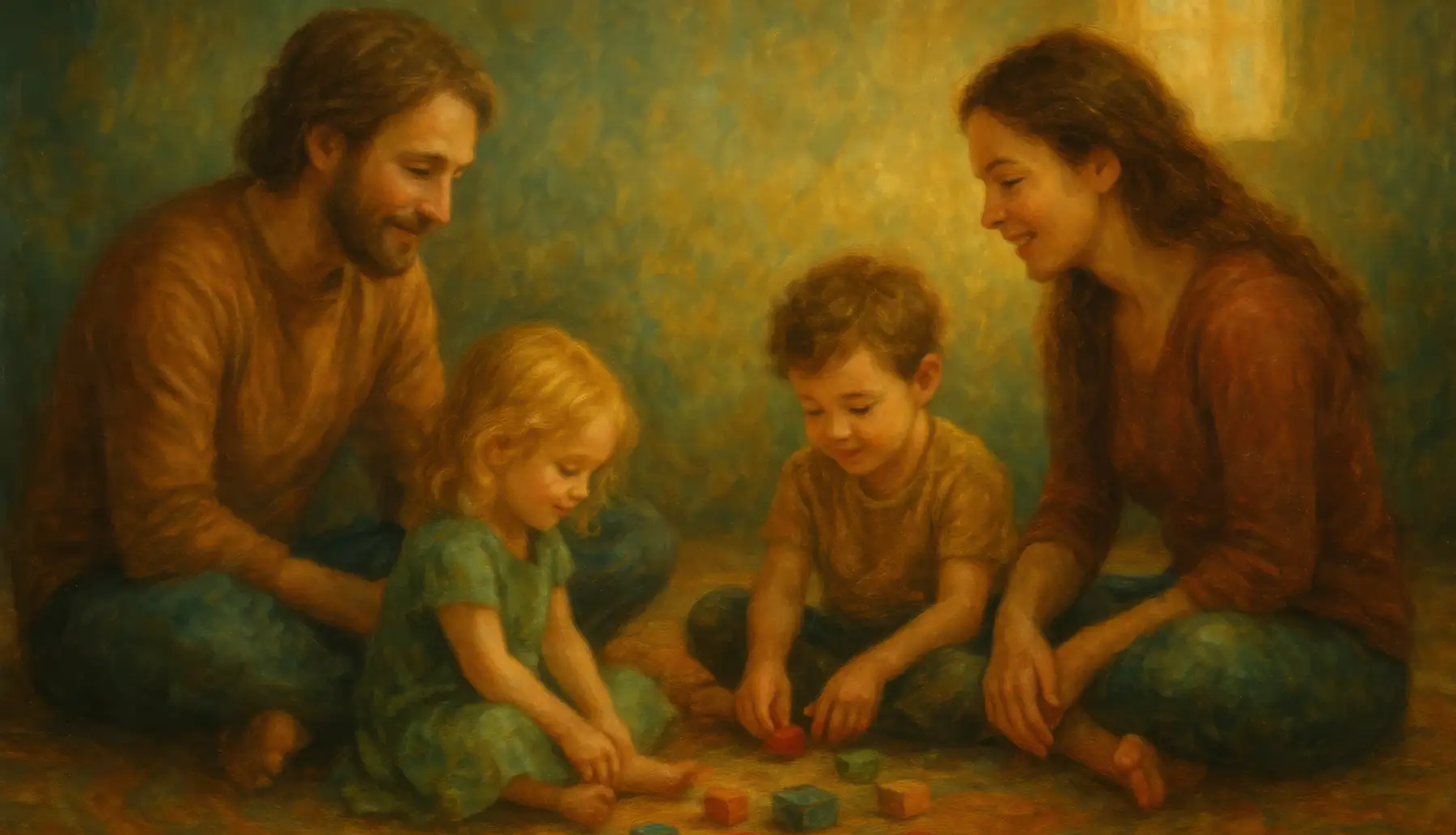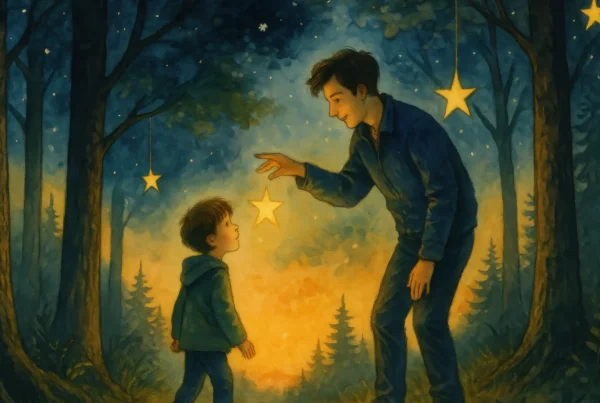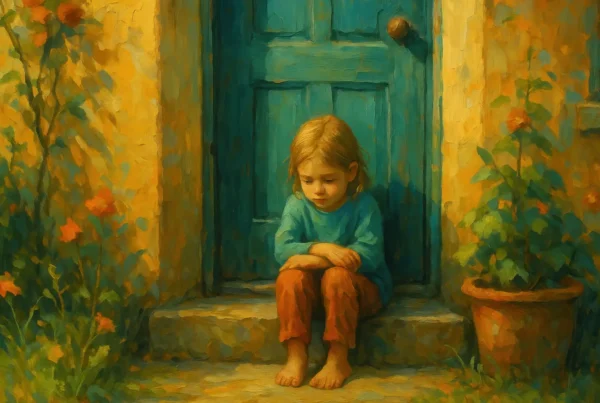BOOK YOUR WORKSHOP TODAY
All posts published here are presented as casual conversation pieces to provoke thought in some direction or another, they do not necessarily represent fixed opinions of the Inner Council, as our work exists beyond the spectrum of bound statement and singular clause.
Inner Child for relationship therapy
The Inner Council Inner Child work can open a fresh beginning for a couple, married or not, who have recognised that their relationship is no longer serving them but they know that their future is to remain side-by-side. In this case, our Inner Child work provides a platform where both partners can take on the commitment to identify and resolve emotional triggers within them and to share any aspects of their progress with each other. When we consider our partner to be in their pure essence and understand that any behaviours or emotional patterns come simply from our history and can be understood and resolved, then we learn how to be soft with ourselves. From this attitude we can not only find resolution in the behaviours that we didn’t like about ourselves, but an extended patience to our partner who is enduring to identify resolution within their own emotional responses.
Psychoanalysts have found that the major obstacle in tackling contradictions in couples’ individual expectations and ideals is a lack of creativity when it comes to forming the space where change can emerge. “Many couples struggle to relate in a creative way in which their relationship is potentially a resource to them, emotionally, cognitively, and physically” therefore, a lack of interaction and curiosity can have great implications on the couple’s relationship.
Inner Child work inserts this creative and novel aspect that is required for both partners to entertain the space where change can manifest. The fragility and importance of the individual’s Inner Child can also be empathetically considered and this is where couples begin to support each other during the ongoing development of the trust relationship of themselves.
What we can expect from Inner Child work
The Inner Child approach considers that the challenging emotions which are felt towards our partner were first initiated from within our childhood emotional programming and can be understood at their origin and modified through a trust relationship with the Inner Child. The primary developmental needs of children follow us into our adulthood and are established in the relationships that we form. This can be seen in relationships where your rational mind has determined that the relationship cannot continue, but where you feel at a loss of control and are hoping for the best outcome. Where relationships are trapped by dependencies, there may be no room to breathe in order to renegotiate your energetic contracts.
By embracing the transformative power of Inner Child work, couples can create a safe, open environment in which vulnerability and growth are welcomed. As each partner learns to acknowledge and heal their childhood wounds, they cultivate greater empathy, emotional intelligence, and respect within the relationship. This approach not only heals individual emotional triggers but also helps foster a deeper connection between partners, creating a resilient bond built on mutual understanding and support. By rediscovering the playful, loving, and authentic aspects of their true selves, couples can break free from old patterns and rediscover the joy and fulfillment of being side-by-side. Inner Child work encourages both partners to reconnect with their shared values, grow together, and create a relationship that is not merely about survival, but about thriving together with a renewed sense of trust and emotional harmony.
Thus, Inner Child work allows us to reestablish a confident sense of self, to identify our earliest dreams and step out into the world with fresh eyes to establish a new lifestyle that healthy serves our deepest needs.
If you think that an ongoing personal therapy with your Inner Child is the next step for you and your partner, please contact us for a suitable practitioner who can arrange a free online session to discuss your current circumstances and guide you in the right direction.
Visit our Inner Child Workshop page to find out more.
What we can learn
Relationships are not fixed structures; they are living ecosystems shaped by the inner worlds of two people learning how to love, trust, and grow. When couples step into Inner Child work together, the dynamic shifts from blame and confusion toward curiosity and compassion. Instead of asking, “Why are you behaving like this?” the question becomes, “What part of you is hurting, and how can I meet you there?”
Through this work, resentments soften, empathy deepens, and emotional distance begins to dissolve. By holding space for our partner’s younger self, the child who once felt unheard, unseen, or unsafe, we create a relationship where both souls feel free to unfold. Healing does not happen by perfecting the relationship; healing happens when both people find the courage to reveal their tenderness, their fears, and their longing for connection.
At its heart, Inner Child work for couples is not about fixing what is broken, it is about remembering what was always possible when love was unguarded, playful, and true. When two Inner Children feel safe, the adults can finally thrive.
Inner Child Exercise for Couples: The Shared Safe Space
Purpose:
To deepen emotional intimacy, create trust, and allow both partners to meet each other’s Inner Child in a gentle, structured way.
Time: 30–40 minutes
Setting: Somewhere quiet and private where both partners feel relaxed.
Step 1 — Softening the Nervous System
Both partners sit comfortably, close their eyes, and take slow breaths.
On each exhale, they release the day’s tension.
The aim is not silence, but softness.
Step 2 — Meeting Your Own Inner Child
Each partner visualises their Inner Child:
- How old are they?
- What expression is on their face?
- What do they need right now — comfort, attention, a hug, reassurance?
Just observe. Do not judge.
Step 3 — Bringing Your Partner Into the Space
Now, each partner visualises inviting their adult partner into the scene — gently, respectfully, at whatever distance feels safe.
Your Inner Child watches how your partner approaches.
Your partner’s Inner Child watches how you approach.
Step 4 — The Soft Exchange
Without speaking aloud, both partners ask their Inner Child:
- “Is there something you want to say?”
- “Is there something you wish your partner knew about you?”
- “Is there a need you want them to understand?”
Let the Inner Children express.
Let the adults listen.
Step 5 — Returning Together
When both partners open their eyes, they share only what feels comfortable:
- A feeling
- A realisation
- A request
- A moment of tenderness
This exercise bypasses conflict and returns the relationship to innocence — two children learning how to be safe with each other.
When repeated weekly, couples often notice:
- Less emotional reactivity
- More understanding and patience
- A deeper sense of safety and closeness
- Renewed love and partnership
Click here for more Inner Child Exercises.
Visit our Inner Child Workshop page to find out more.






